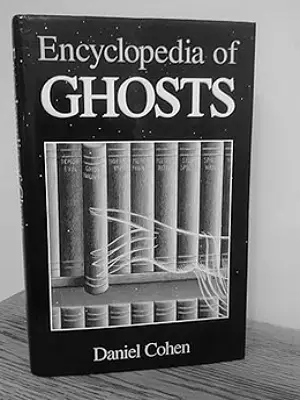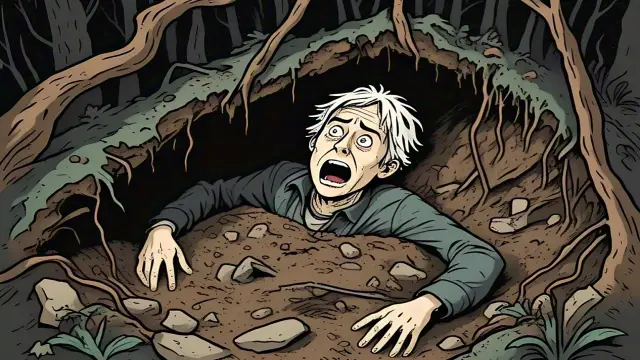Imagine living in a time when the line between life and death was often blurred. Before the medical advancements we enjoy today, it wasn’t uncommon for people to be mistakenly pronounced dead and buried while merely unconscious. This fear of being buried alive was so prevalent that it sparked an entire industry dedicated to creating coffins equipped with communication devices. Can you imagine the terror of being buried alive? It’s a chilling thought that has inspired countless stories, including those by Edgar Allan Poe and other writers of his era.
The Historical Context of Buried Alive Fears
In the 19th century, medical knowledge was limited. Conditions like catalepsy, which can cause a person to appear dead while they are actually alive, were poorly understood. During epidemics, such as the typhoid outbreak, families often rushed to bury their loved ones to prevent the spread of disease. This urgency sometimes led to tragic mistakes.
Daniel Cohen’s book, The Encyclopedia of Ghosts, recounts several harrowing tales of individuals who faced this dreadful fate. Let’s dive into two particularly haunting stories that illustrate the very real fears of being buried alive.

A Long Happy Life
During a typhoid epidemic, a young woman from a wealthy family fell gravely ill. Despite the best efforts of several physicians, they all concluded that there was nothing more they could do. The last doctor advised the family to prepare for her death. Tragically, her older brother was away on business and received the news too late. By the time he returned home, his sister had already been buried.
Overcome with grief, he rushed to the cemetery, where he found gravediggers finishing the burial. Desperate for one last look at his sister, he pleaded with them to open the coffin. Initially, they refused, but a few sympathetic onlookers stepped in to help. As they pried open the coffin, the crowd gathered, drawn by morbid curiosity.
What happened next was nothing short of miraculous. As the brother looked down, tears in his eyes, he saw his sister’s face move. Gasps erupted from the crowd as they witnessed what they thought was a corpse coming to life. She had merely been unconscious, and the family, following the doctor’s advice, had buried her in haste.
Incredibly, she recovered fully, went on to marry, have a large family, and even attended her brother’s funeral years later. This story serves as a poignant reminder of how easily life can be mistaken for death.
A Terrible End
In another tale, two childhood friends, John and his best friend, lived in a small town and ran a feed store together. One fateful Sunday, John was thrown from his horse and suffered a severe head injury. The local doctor, upon arriving, pronounced him dead. He was buried near the family orchard, and life went on for those left behind.
However, the day after the funeral, John’s best friend began experiencing vivid nightmares. In these dreams, John appeared, accusing him of allowing the burial to happen. “Why did you let them bury me? I was not dead,” John insisted. The friend, bewildered, replied, “But you were dead.”
The dreams continued for several nights, with John growing increasingly frustrated. Finally, the friend, driven by desperation, decided to dig up John’s grave. What he found was horrifying: John was face down in the coffin, having been buried incorrectly. This tragic mistake left a lasting impact on the friend, who had to grapple with the reality of his best friend’s fate.
The Cultural Impact of the Fear
These stories highlight a genuine fear that permeated society during times of limited medical knowledge. The anxiety surrounding being buried alive was so intense that it influenced literature, art, and even the design of coffins. Some coffins were equipped with bells or other signaling devices, allowing a person to alert the living if they were mistakenly buried alive.
Edgar Allan Poe, known for his macabre tales, often explored themes of death and the afterlife. His works resonate with the fears of his time, capturing the essence of a society grappling with the unknown. Imagine reading one of his stories while harboring the fear of being buried alive; it would undoubtedly amplify the terror.
Personal Reflections
As I reflect on these stories, I can’t help but feel a mix of fascination and horror. The thought of being buried alive is something that sends shivers down my spine. It’s a fear that, while perhaps less relevant today due to medical advancements, still lingers in the back of our minds.
I remember a time when I was watching a horror movie that played on this very fear. The protagonist, buried alive, struggled to escape, and I found myself holding my breath, feeling the panic as if it were my own.

